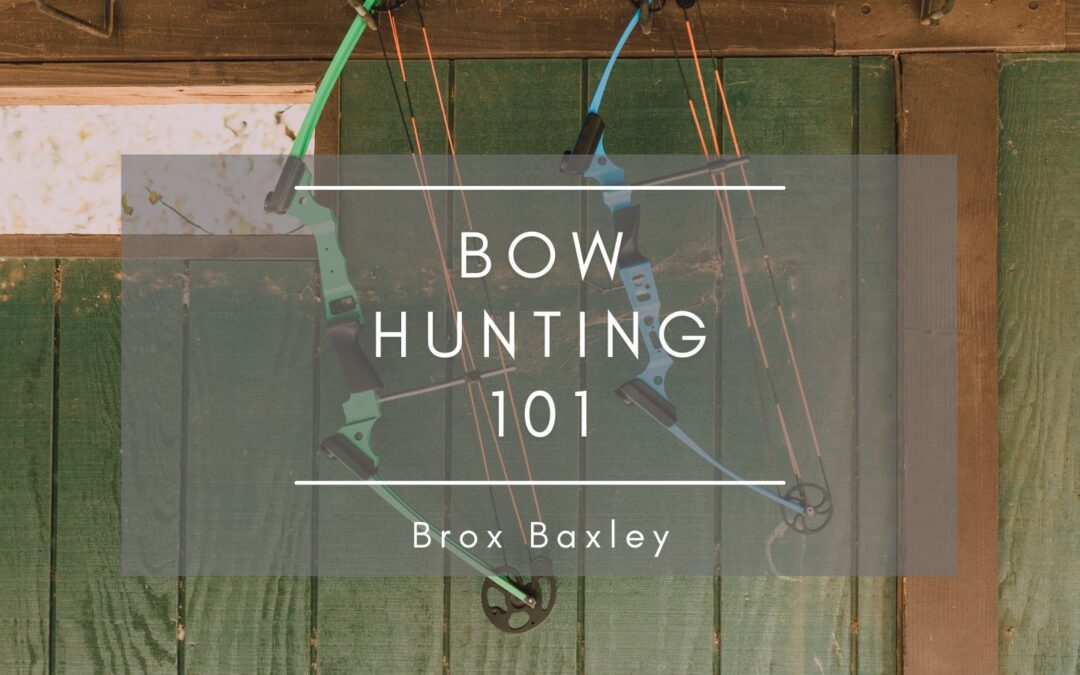Bow hunting is a challenging and rewarding outdoor pursuit that requires skill, patience, and a thorough understanding of the equipment and the game you are targeting. This article will provide essential information and tips to excel in bow hunting. Let’s delve into the fundamentals of this ancient and artful sport.
Selecting the Right Bow
Choosing the right bow is the first step in becoming a successful bow hunter. Compound bows are the most popular choice due to their power, accuracy, and adjustability. When selecting a bow, consider factors such as draw weight, draw length, and axle-to-axle length. Ensure that the bow you choose fits your body type and personal preferences. You should visit a professional archery shop for expert guidance and assistance in finding the perfect bow.
Mastering Proper Form
Developing proper form is crucial for consistent and accurate shooting. Begin by establishing a solid stance, with your feet shoulder-width apart and perpendicular to the target. Your bow arm should be extended fully while your string hand pulls the string back to your anchor point. Maintain a relaxed grip on the bow handle, and ensure your body remains aligned throughout the shooting process. Consistent practice will help you refine your form and improve your shooting accuracy.
Understanding Arrow Selection
Choosing the right arrows is essential for optimal performance and ethical hunting. Consider factors such as arrow length, spine stiffness, and weight. The size of your arrows should match your draw length, while the spine stiffness should correspond to your draw weight. Furthermore, selecting broadheads suitable for your game and ensuring proper arrow weight and balance will significantly impact arrow flight and penetration.
Practicing Regularly
Consistent practice is the key to becoming a proficient bow hunter. Dedicate regular time to practice shooting your bow at various distances and angles. Start with shorter distances and gradually work your way up to longer shots. Incorporate realistic hunting scenarios into your practice sessions, such as shooting from elevated positions or in low-light conditions. Practice enhances your shooting skills and builds confidence in the field.
Scouting and Game Knowledge
To increase your chances of success, it’s crucial to understand the behavior, habitat, and patterns of the game you are hunting. Invest time in scouting your hunting area, looking for signs such as tracks, droppings, and rubs. Pay attention to food sources, bedding areas, and travel routes. Gathering knowledge about your target species will enable you to strategically plan your hunts and position yourself in places where you will likely encounter the game.
Camouflage and Scent Control
Proper camouflage and scent control are essential for fooling the keen senses of game animals. Dress in appropriate camouflage patterns that blend with the natural surroundings of your hunting area. Use face masks, gloves, and scent-eliminating sprays to minimize human odor, as animals have a keen sense of smell. Consider hunting with the wind in your favor to reduce the chances of being detected by your quarry.
Safety Precautions
Safety should always be a top priority. Familiarize yourself with hunting regulations and always obtain the necessary permits and licenses. Practice safety by using a safety harness and checking your equipment before each use. Never draw your bow unless you have a clear shot at your target, and always be aware of your surroundings to avoid accidents.

